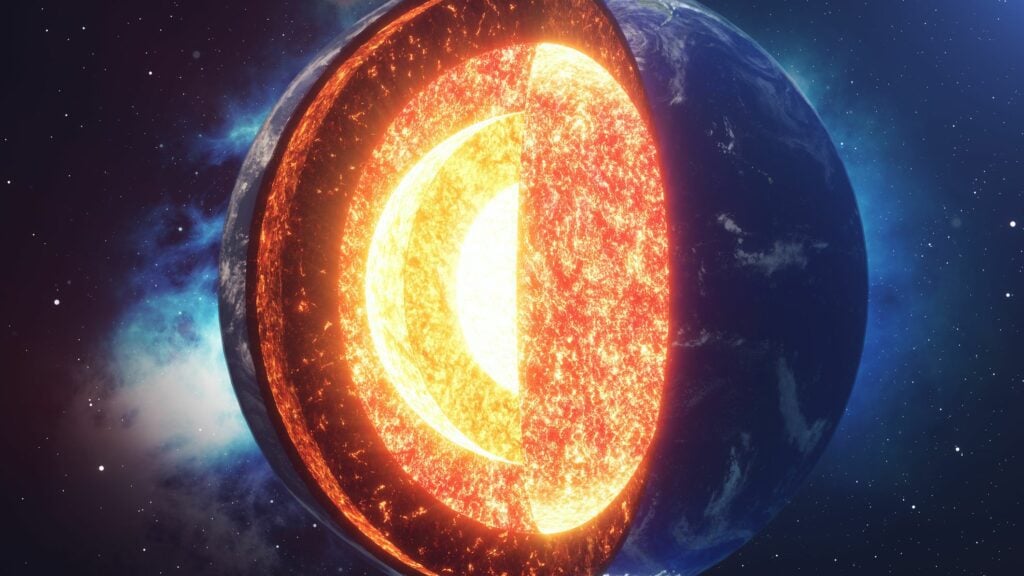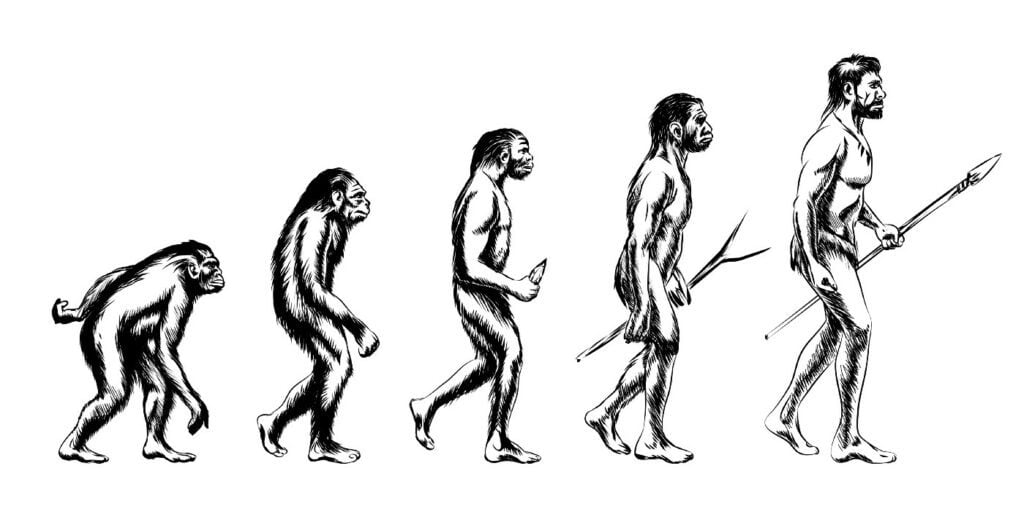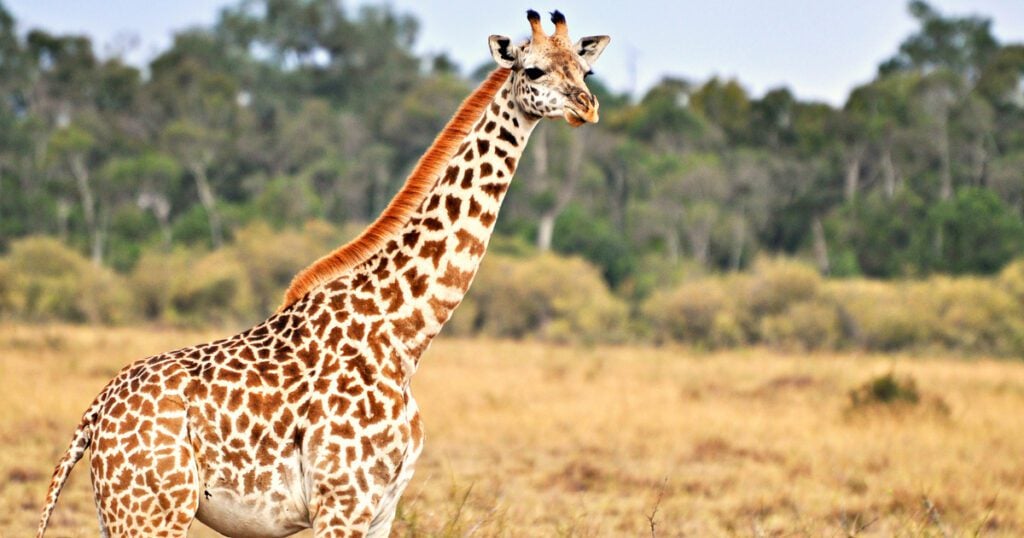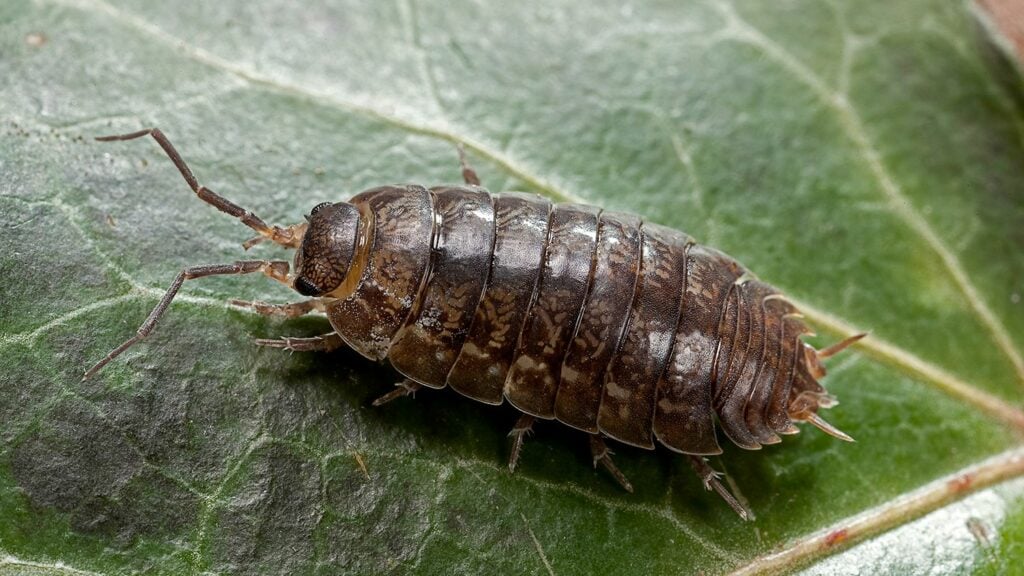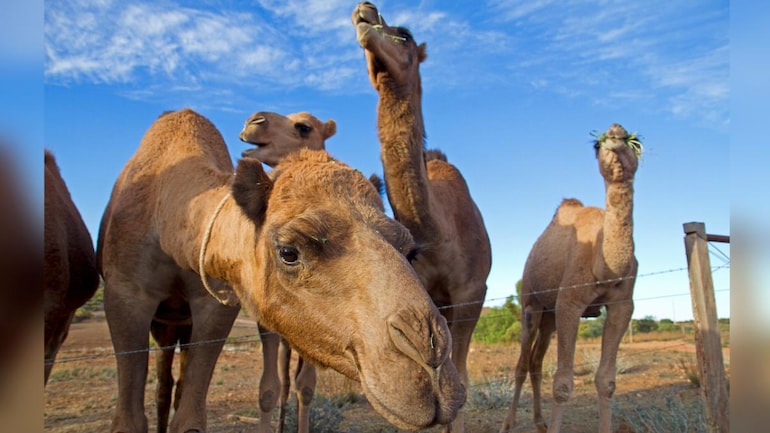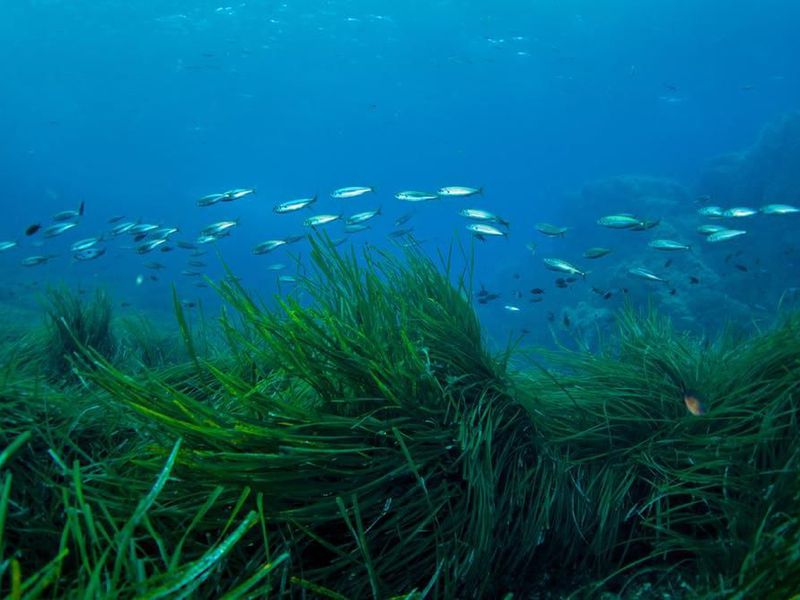How Thin is The Earth’s Crust?
Despite being the fifth largest planet in our solar system, Earth is the only one with liquid water on its surface. The water present on Earth is the very reason for our survival. But have you ever wondered how thin the Earth’s crust is? The Earth’s crust is so thin that it only makes up […]
How Thin is The Earth’s Crust? Read More »
